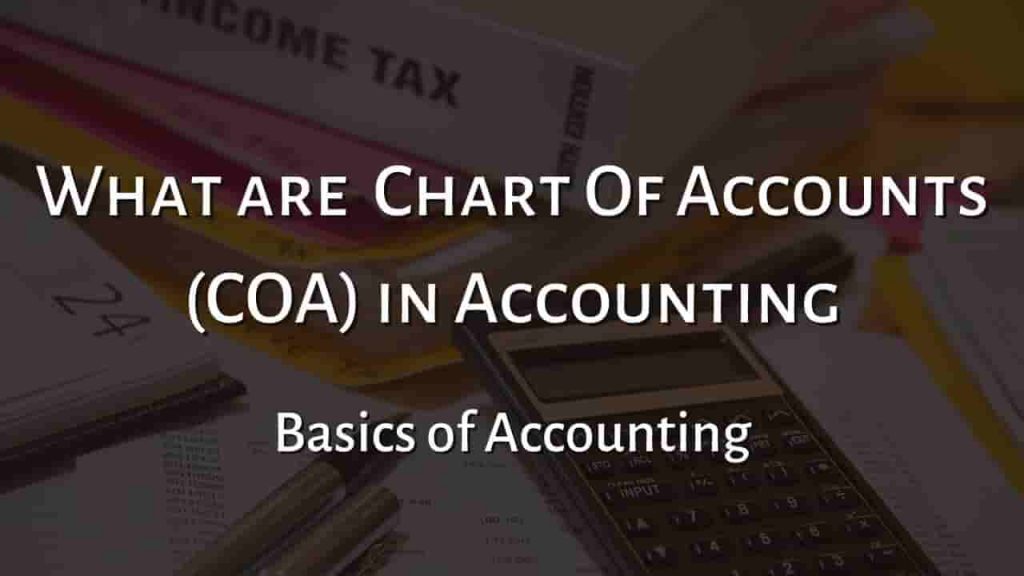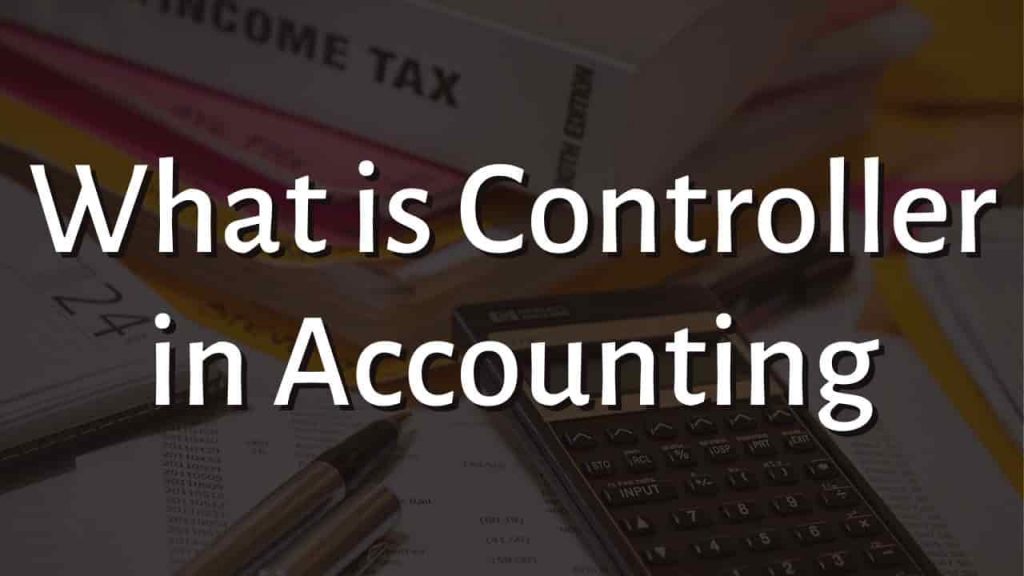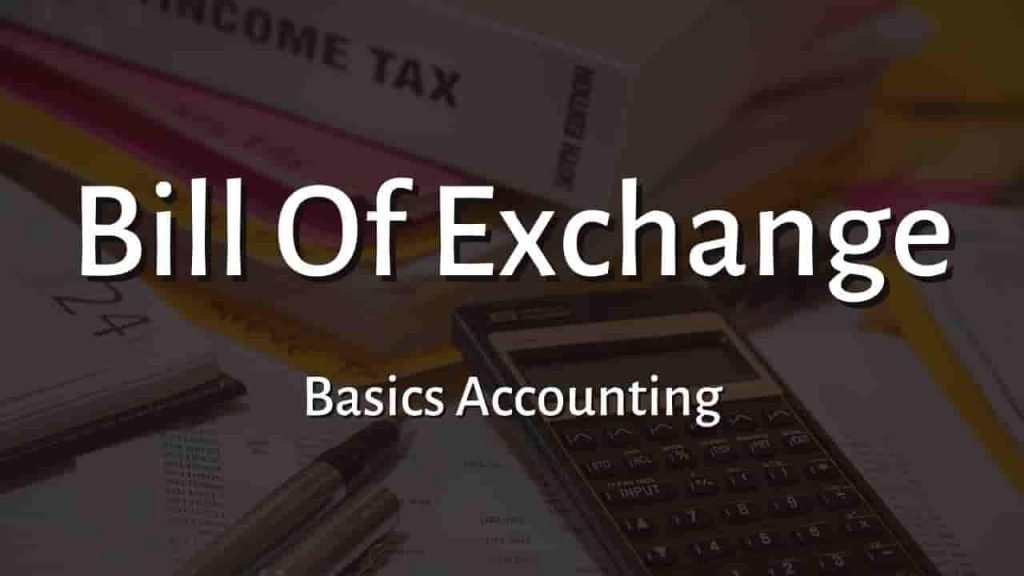Chart of Accounts
Chart of Accounts (COA) is a list of all the financial accounts in a company’s general ledger. In a summary, it is an organizational tool that offers a readable breakdown of all financial transactions performed by a corporation during a particular accounting period, split into subcategories.
Companies in various industries may have charts of accounts that look very different. A major airline’s balance sheet would include much more references to “aircraft components” than your local cafe.
By listing all of the accounts engaged in your company’s day-to-day activities, the chart of accounts can give someone looking at it a rough idea of the nature of your business.
What are The 5 Types of Accounts?
In accounting, there are five major types of accounts: assets, liabilities, equity, income, and Expense. Their purpose is to describe how your company’s money is spent or obtained. Each category can be further subdivided into other subcategories.
Asset accounts, for example, maybe broken down into cash, inventory, equipment, deferred expenses, and other categories. Retained earnings and dividends may be included in equity accounts. Interest, sales, and rental income are also examples of revenue accounts.
How to Make a Chart of Accounts?
To create a chart of accounts for your small enterprise, you must first create account categories that relate to your organization. Because the chart of accounts is the first step in developing your company’s accounting system, it begins with coordinating all of your company’s financial information.
Set Up Parent Account:
The parent accounts assist you in categorizing your particular business sub-accounts. Accounts that normally apply to service-based enterprises fall into four categories:
- Asset Accounts
- Liability Accounts
- Revenue Accounts
- Expenses Accounts
Create Your Company’s Account:
Consider the sort of company you run when creating the accounts for it. Certain accounts are common for service-based businesses, such as:
- Cash
- Accounts Payable
- Equipment
- Accounts Receivable
- Income Tax Owed
- Service-Based Sales
Organize each of your account subcategories into the appropriate parent account. As a result, funds and accounts receivable will both be classified as assets.
Assign Account Numbers:
The chart of accounts is based on a four-digit numbering system that helps arrange all of your accounts. Here is the most common numbering template to use when creating and numbering your accounts:
- Assets: Numbered 1000 – 1500
- Liabilities: Numbered 2000 – 2500
- Revenue: Numbered 4000 – 4500
- Expenses: Numbered 5000 – 5500
A space between account numbers provides for future account additions.
Chart of Account Example:
Each account in the chart of accounts is commonly given a name as well as a unique number that allows it to be identified. Each chart of accounts normally includes a name, a short description, and an identification code to assist readers in locating specific accounts. Each chart in the list is given a multi-digit number; for example, all asset accounts begin with the number 1.
The chart of accounts sample is listed below:
1000 – Assets
1001 – Cash and Cash Equivalents
1002 – Financial Assets (Investments)
1003 – Inventory
1004 – Prepaid Expense
1005 – Accounts, Notes and Loans Receivable
2000 – Liabilities
2001 Account Payables
2002 – Trade Payables
2003 – Dividends Payable
2004 – Interest Payable
2005 – Other Payables
3000 – Expense
3001 – Salaries Expense
3002 – Rent Expense
3003 – Dividends Payable
3004 – Interest Payable
3005 – Other Payables
4000 – Revenue
4001 – Sales
4002 – Rent income
5000 – Equity
5001 – Common stock
5002 – Preferred stock
5003 – Retained earnings
COAs should vary and be customized to represent the activities of a business. They must however follow the Financial Accounting Standards Board’s Accounting Principles GAAP.
For more click here and if you are looking for full forms of different acronyms and words then check out this list you really gonna find this helpful. We also have an Essay on every topic, Check the complete list here. If you are Studying in Matric Free Video Lectures of Maths, Physics and English are here, and we have got you covered for I.COM Business Maths also.







